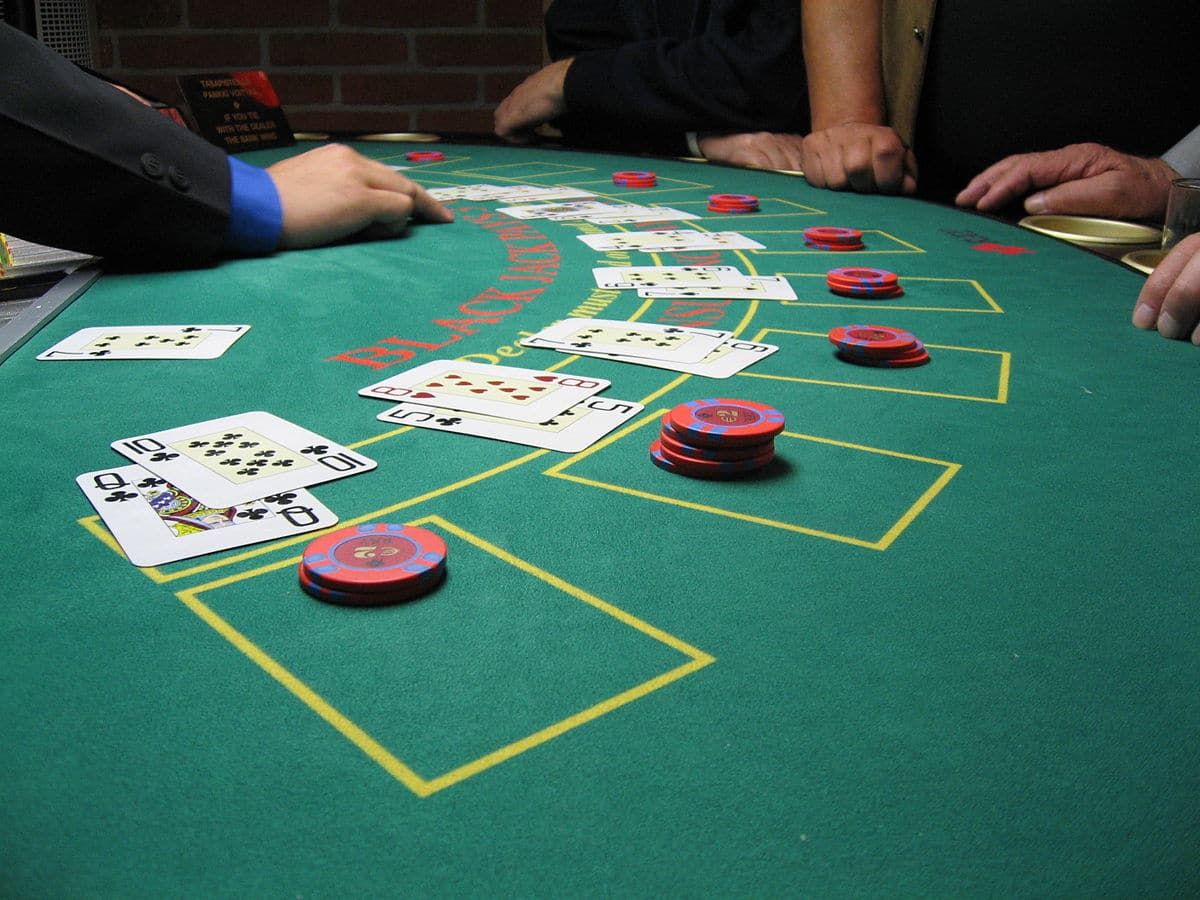Blackjack is a popular casino game that has captivated players for decades. With its simple rules and exciting gameplay, many players strive to find strategies that will give them an edge over the house. One such technique that has gained significant attention is card counting.
The Basics of Blackjack
Before delving into card counting, it’s essential to understand the basics of the game. In blackjack, the objective is to beat the dealer’s hand without exceeding a total value of 21. The player is dealt two cards and can request additional cards (hits) until they decide to stand or exceed 21 (bust).
What is Card Counting?
Card counting is a strategy employed by skilled players to keep track of the ratio of high-value to low-value cards remaining in the deck. Since blackjack is a game of probabilities, knowing the composition of the deck helps players make informed decisions when deciding to hit, stand, or double down. While card counting is not illegal, casinos frown upon this technique, and if caught, players may be banned from the premises.
The Hi-Lo Card Counting System
One of the most widely used card counting techniques is the Hi-Lo system. Developed by Harvey Dubner in the 1960s, the Hi-Lo system assigns values to different cards. Low cards (2-6) are assigned a value of +1, neutral cards (7-9) have a value of 0, and high cards (10-Ace) are assigned a value of -1.
During the game, the player mentally keeps a running count of the card values based on the cards they can see and those that have been revealed. This count indicates whether the remaining deck is rich in high or low-value cards. A high positive count indicates a deck rich in high-value cards, while a negative count suggests the opposite.
Applying the Hi-Lo System
To effectively apply the Hi-Lo system, the player must maintain focus and concentration throughout the game. They also need to convert the running count into an accurate “true count.” This is obtained by dividing the running count by the number of decks still in play. The true count provides a more precise indication of the deck composition based on the number of high-value cards per deck.
Once a positive true count is determined, the player knows the deck is favorable for them. They can then increase their bets to maximize potential winnings. Conversely, when the true count is negative or close to zero, it’s advisable to minimize bets to mitigate potential losses.
Advantages and Disadvantages of Card Counting
Card counting can give players a significant advantage when used correctly. By identifying when the deck is in their favor, players can make strategic decisions that statistically improve their chances of winning hands. However, card counting requires substantial practice and concentration to be effective, and it does not guarantee constant winnings. Additionally, casinos have implemented countermeasures such as using multiple decks, frequent shuffling, or banning suspected counters.
Conclusion
Card counting remains a winning technique in the game of blackjack. While it requires practice and dedication, skilled players can use this strategy to gain an edge over the casino. It is crucial to understand the rules, master the Hi-Lo system, and apply it discreetly to avoid detection by casino staff. Remember, success in blackjack ultimately relies on skill, luck, and proper bankroll management.

